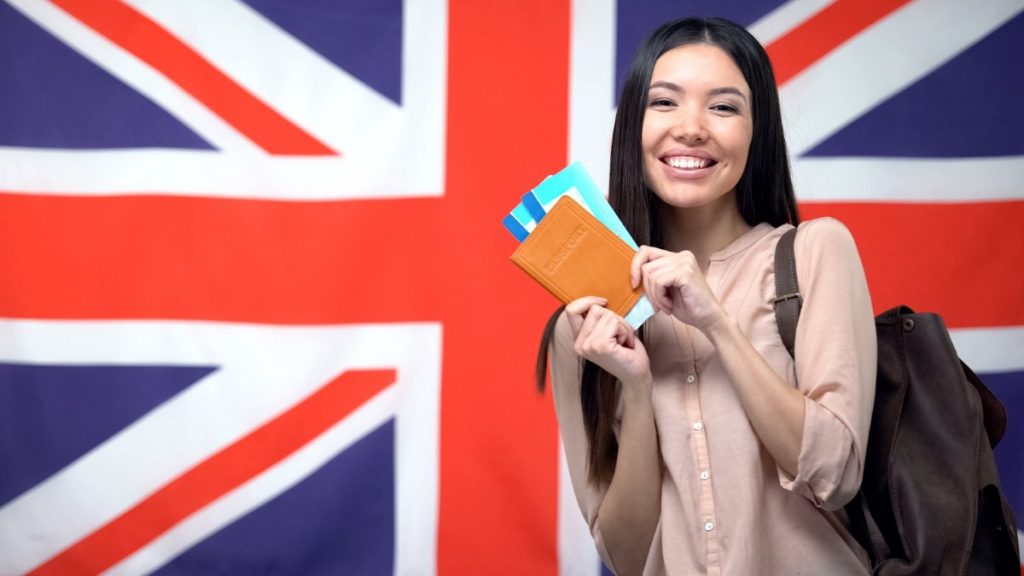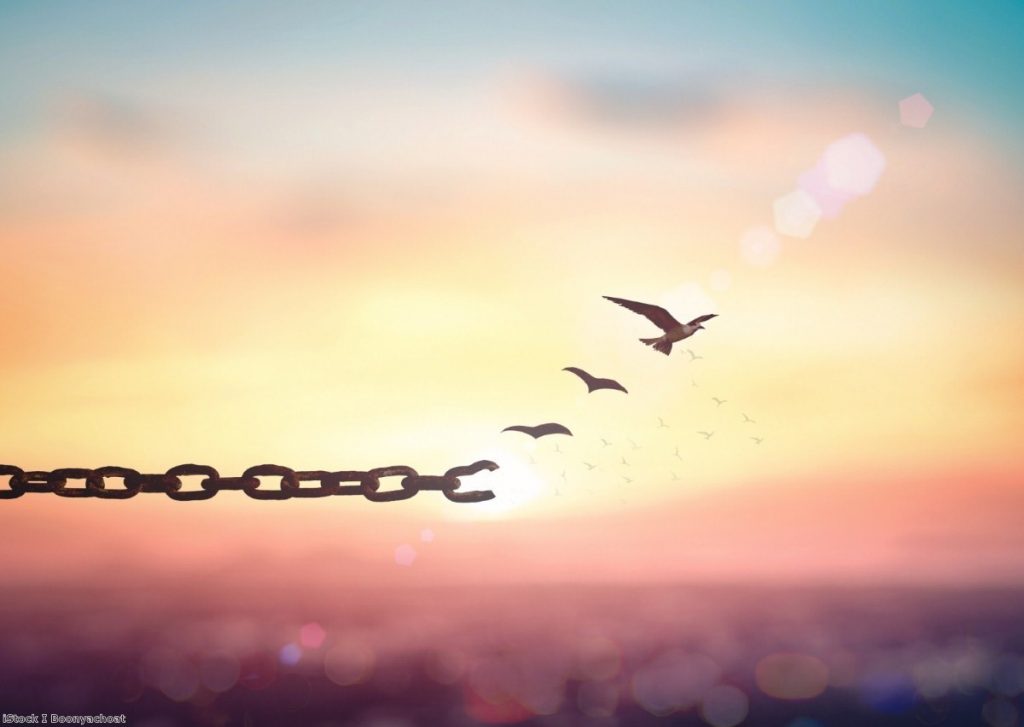What is 3G?
3G – short for third generation – is a generic term for the next generation of mobile telecommunications systems.
Mobile phones today are predominantly ‘2G’, and use the GSM (Global System for Mobile communications) or CDMA (Code Division Multiple Access) digital systems. These protocols support high bit-rate voice communications and limited data communications, as well as various auxiliary services, such as SMS (short message service) text messages.
The key distinction between 2G and 3G services is the exponentially higher data rate, measured in megabits per second (Mbps). This will allow 3G mobile devices to support services such as video footage, conferencing, and full internet access.
The 3G system used in the UK is UMTS: universal mobile telecommunication system.
Background
The first generation of mobile phones used analogue radio and circuit-switched systems. This produced poor voice transmission, low capacity and non-existent security. 1G systems, such as AMPS (advanced mobile phone system), TACS (total access communication system) and NMT (Nordic Mobile Telephone), are no longer in active development anywhere in the world, and in some areas, the spectrum 1G networks used is being re-auctioned.
The shift to 2G telecoms involved a shift from analogue to digital encoding and the introduction of time division multiple access (TDMA) transmission methods. 2G telecoms have been massively successful, with GSM becoming the dominant standard in Europe and much of Asia, and the Americas using CDMA and GSM jointly.
The immense popularity of mobile phones, particularly the success of SMS messaging services, and the simultaneous internet-based zeitgeist, led the industry to believe that the public wanted ever more data services from their handsets, and it began to develop a successor that would be able to support such services.
Efforts were made to develop GSM to support higher data rates, through the introduction of packet-switching GPRS (General Packet Radio Service) technology, but the industry enthusiasm for 3G and massive hype in the late 1990s was creating an apparently unstoppable bandwagon. At the height of the dotcom boom in March 2000, network operator Vodafone became by far the UK’s largest company, measured by stock market value, at £240 billion on sales forecasts of less than £20 billion.
That spring, the government auctioned five licences for the radio spectrum to be used by the emerging UMTS 3G system (2200 MHz or 2.2GHz). The results, announced on April 27th, astonished everyone by raising a colossal £22.5 billion Germany’s subsequent auction raised even more – £31 billion.
However, it was beginning to seem that the high-water-mark of business enthusiasm had passed, as Italy’s auction raised just £7.5 billion, rather than the expected £13 billion, when overstretched bidders pulled out completely.
NTT DoCoMo launched its 3G service, the first in the world using wideband CDMA technology, on October 1st 2001 in Japan.
The launch of 3G services in the UK didn’t go completely smoothly as when Hutchison’s 3 service officially launched on March 3rd 2003 (3/3/03), it was not easy for consumers to obtain the handsets.
Controversies
Massive popular and business enthusiasm for 3G seemed to peak at the spectrum auction, after which developers encountered technological problems in the design of the handsets and networks. Telecoms was also at the forefront of the dotcom boom and suffered heavily when the so called ‘dotcom bubble’ burst.
It was widely suggested that the industry had paid too much for the spectrum licences, and with the cost of producing a new 3G infrastructure estimated at around the same sum again (a consequence of Europe’s decision to develop its own UMTS system), the new economic climate led many networks to attempt to scale back their commitments to the technology and delay its roll-out. In September 2001, Vodafone announced that its new 3G service would be slightly slower than some had thought.
Furthermore, the failure of the 2G ‘mobile internet’ service Wap (wireless application protocol) to really take off, warned the industry that customers were not interested in data services for their own sake. Mobile phone users seemed unwilling to use services other than voice calls and SMS in anything like the predicted numbers.
As such, the industry was uncertain about how to price 3G services when they became available. 3’s launch price model was consumer-oriented – event-based – rather than aimed at business, which would favour a per-megabyte rate.
It was also suggested that the launch of 3G services as primarily entertainment applications was a mistake: GSM, PCs and fax machines were originally launched to the business market with the aim of ‘trickling them down’ to the general public.
Competing against cheaper and improved GPRS services that are on offer, and with high prices and a lack of ‘must have’ services (the most significant being football video highlights), 3G’s launch in Europe has so far been disappointing.
Continued uncertainty
The future may be 3G, but its growth remains uncertain. Mobile phone customers are increasingly signing up to 3G-enabled devices – by the end of 2006 Vodafone had well over 25 per cent of its new deals with 3G phones.
The simple fact that the enormously popular Apple iPhone, launched in late 2007, was not 3G-enabled appeared to demonstrate general scorn for its relevance. But there were signals of some growth. In a back-handed compliment regulator Ofcom added caps to cross-network call charges to 3G firms last year, while in 2007 the Skypephone offered free calls between Skype’s 246 million users.
Other mobile phone operators have not been willing to allow 3G users to make VoIP calls through their phones, not wanting to lose revenue. It remains to be seen whether Skype’s move will signal a wider growth of 3G use – or demonstrate the limited interest on the mobile market.
Statistics
- The UK auction issued five licences to: Hutchison 3G UK Limited (£4,385 million), Vodafone Limted (£5,964 million) BT (3G) Limited (O2) (£4,030 million), One2One Personal Communications Limited (T-Mobile) (£4,004 million) and Orange 3G Limited (£4,095 million)
- 2.5G GPRS phones permit a data transfer rate of around 20 or 30 Kbps (with a theoretical maximum of 171.2 Kbps). The first Japanese 3G phones had a rate of 384 Kbps. Today’s handsets have rates of around 2.2 Mbps
Statistic 1: (Source: DTI, 2000); Statistic 2: (Source: Symbian, 2004)
Quotes
“3G has the potential to transform everyday life, opening up full scale, multi- media access to millions of people. 3G users will be able to surf the net, download e-mails, music and high quality pictures and hold video conferences all on the move.”
- Stephen Byers MP, then trade and industry secretary, April 2000
“What happened in the UK was disastrous. It is the worst thing that could have happened to the consumer.”
- Nicholas Negroponte, commenting on the UK’s 3G spectrum auction, Financial Times, June 2000








-01.png)